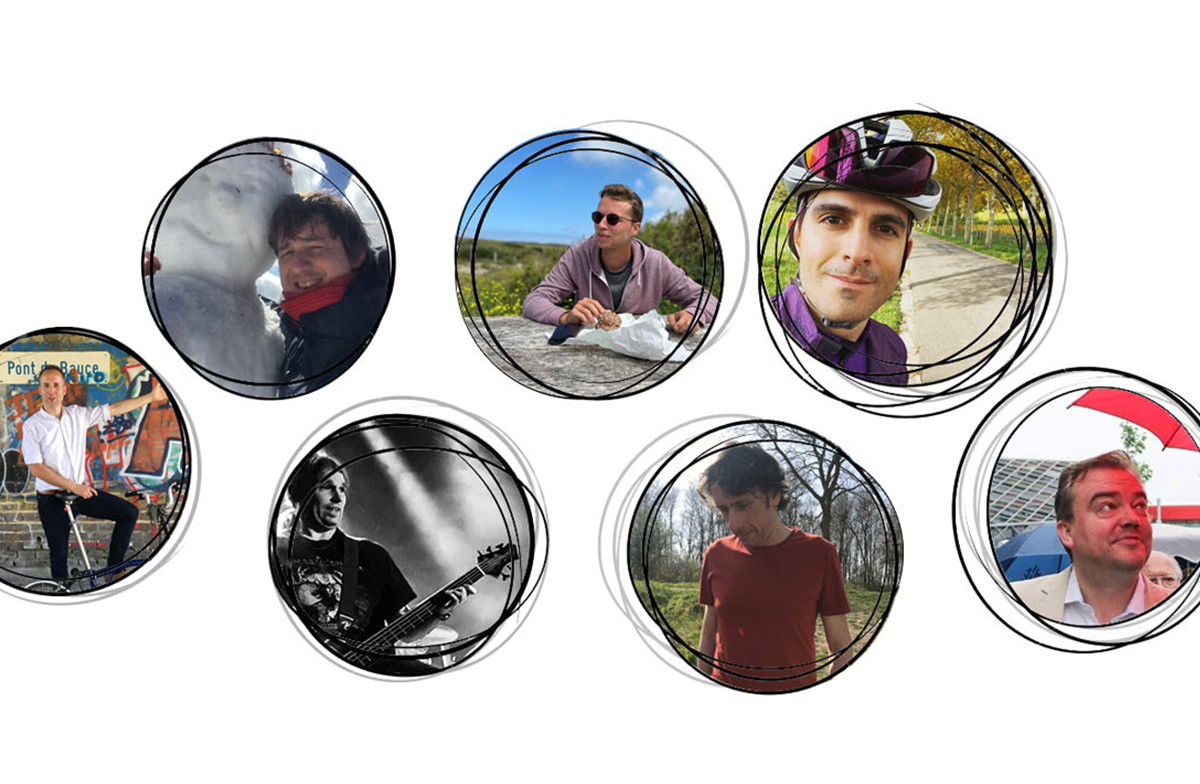Who is who?
team • Dave Driesmans 10 June 2021

Wouter is in charge of business development and project management. "In many cases, I am the first point of contact for cities and municipalities before a new counting network is started. If we come to an agreement, I’m the bridge between municipality, citizen and our supporting operation in project follow-up. I also take care of public affairs and speak to the press if we have an interesting data story or if a new network is started."
As a project manager in the various Telraam projects, Laurens is the catalyst between governments, citizens, and Telraam. "The experiences, contacts, and feedback in many Telraam projects, in which I have been involved in the first line with both the clients and the end-users from the very beginning, ensure that we can continue to put the right emphasis in writing the next chapters of the Telraam story. The eye for the human behind the technology and for the social and democratic process remains important to me. In this way, we can continue to develop an offer that can serve the policy needs of our clients.
Kris is actively seeking partnerships and securing funding for the continuation and further development of Telraam. "Currently, the coordination of the European WeCount project requires most of my time and I am writing new project proposals for European funds. Furthermore, I am following up the development of our new sensor together with our partners Bagaar and Kapernikov and providing training for Telraam partners (mobility officials and researchers) and Q&A sessions for private users"
Péter tinkers mostly with the invisible parts of the IT architecture that make Telraam work in the background. “I work on the API that connects both the Telraam devices and our users with the database, and I am also responsible for some of the services that run on our servers, which create most of the data products that are displayed on the website, or can be reached via our API. This work includes a lot of internal testing and debugging, so progress is sometimes slow and not so directly visible to our users, but I hope that whenever a new or improved feature is released, it would make Telraam a better product. I also spent quite some time moving APIs and services from our initial servers to the Amazon AWS architecture, which was - and sometimes still is - a steep learning curve. When I have some time left (not so often lately), I like to play around with the data, and create interesting insightful visualizations. When not in the (virtual) office, I am most likely out on my race bike.”
Dave divides his Telraam time between working on the web application - from visualizations to administration sections for the customers -, the website, the sensor interface and customer support. Playing ping-pong with the other team members is crucial. "I’m now working on some new features for the current sensor and working on the first mockups for the onboarding of the new sensor. There is also a major refactoring coming up for the current interface as well as the underlying backend code. "
Carl is involved in maintaining the AWS backend, making sure our data servers are online 24/7 (obviously, I don’t get much sleep). I’m also working on the software on the Telraam-sensor itself, gradually removing all those nasty bugs (slowly getting there!) and improve the code to further simplify the installation process. I'm currently focussing on creating a new software image for Telraam. This will make the user experience more intuitive.
Eric is the newest member of the Telraam crew and will take charge of the helpdesk and customer service. Our FAQ has grown these past few years and is not fully up-to-date. Some of the articles are not properly translated and a bit too techy. I’m going to fix that! "It's really motivating to work for this project and to provide appropriate feedback to our customers and to the citizens who make it a success!"